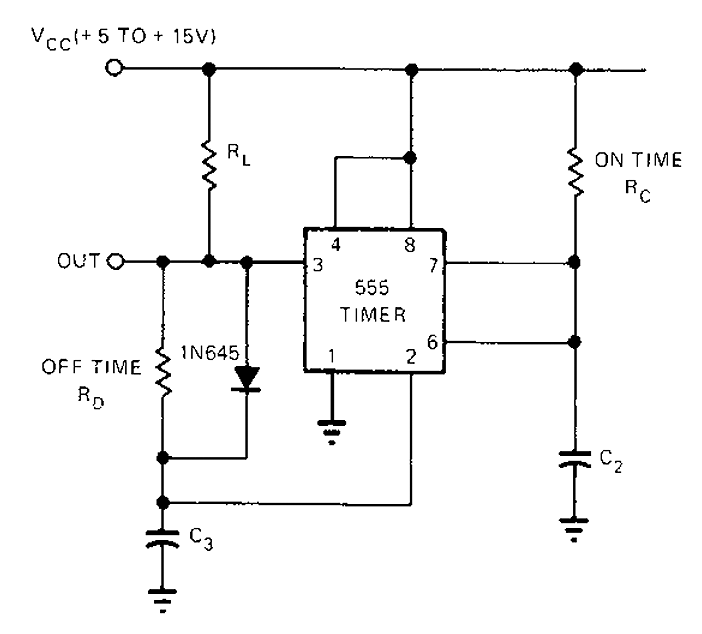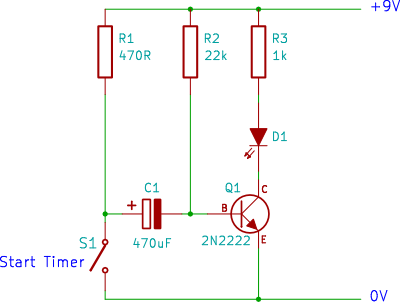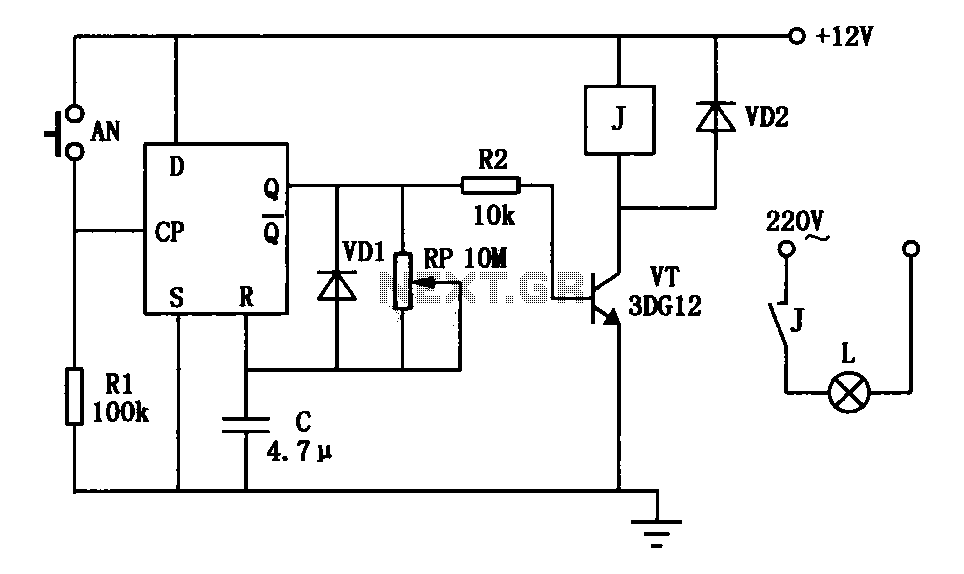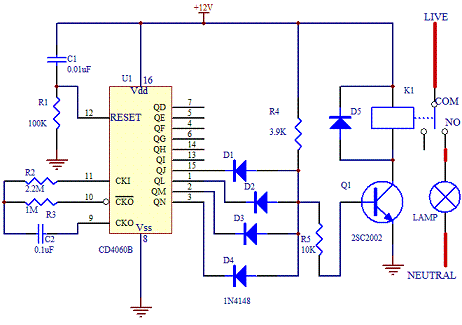
Sequential timer

Many applications, such as computers, require signals for initializing conditions during startup. Other applications, such as test equipment, require the activation of test signals in sequence. SE555/NE555 circuits may be connected to provide such sequential control. The timers may be used in various combinations of astable or monostable circuit connections, with or without modulation, for extremely flexible waveform control.
The SE555 and NE555 timer integrated circuits are versatile components often utilized in various electronic applications, including signal generation and timing operations. These circuits can be configured in either astable or monostable modes, allowing for a wide range of functionality.
In astable mode, the 555 timer operates as an oscillator, producing a continuous square wave output. This configuration is ideal for applications requiring a periodic signal, such as clock pulses in digital circuits or tone generation in audio applications. The frequency and duty cycle of the output waveform can be adjusted by selecting appropriate resistor and capacitor values in the timing network, providing significant flexibility in waveform control.
In contrast, the monostable mode allows the 555 timer to generate a single output pulse in response to a trigger input. This mode is particularly useful for applications that require precise timing delays, such as creating a time delay for turning on a device or generating a pulse for sequential signal activation in test equipment. The duration of the output pulse can be controlled by varying the resistor and capacitor values, enabling customization of the timing characteristics.
When multiple 555 timer circuits are interconnected, they can be configured to create complex timing sequences or control signals in a synchronized manner. This capability is particularly advantageous in systems that require initialization signals during startup or in automated testing environments, where sequential activation of test signals is necessary.
Overall, the SE555 and NE555 timers offer a robust solution for generating and controlling signals in a wide array of electronic applications, providing engineers with the tools necessary to design flexible and efficient timing circuits.Many applications, such as computers, require signals for initializing conditions during start-up. Other applications such as test equipment require activation of test signals in sequence. SE555/NE555 circuits may be connected to provide such sequential control The timers may be used in various combinations of astable or monostable circuit connections, with or without modulation, for extremely flexible waveform control.
The SE555 and NE555 timer integrated circuits are versatile components often utilized in various electronic applications, including signal generation and timing operations. These circuits can be configured in either astable or monostable modes, allowing for a wide range of functionality.
In astable mode, the 555 timer operates as an oscillator, producing a continuous square wave output. This configuration is ideal for applications requiring a periodic signal, such as clock pulses in digital circuits or tone generation in audio applications. The frequency and duty cycle of the output waveform can be adjusted by selecting appropriate resistor and capacitor values in the timing network, providing significant flexibility in waveform control.
In contrast, the monostable mode allows the 555 timer to generate a single output pulse in response to a trigger input. This mode is particularly useful for applications that require precise timing delays, such as creating a time delay for turning on a device or generating a pulse for sequential signal activation in test equipment. The duration of the output pulse can be controlled by varying the resistor and capacitor values, enabling customization of the timing characteristics.
When multiple 555 timer circuits are interconnected, they can be configured to create complex timing sequences or control signals in a synchronized manner. This capability is particularly advantageous in systems that require initialization signals during startup or in automated testing environments, where sequential activation of test signals is necessary.
Overall, the SE555 and NE555 timers offer a robust solution for generating and controlling signals in a wide array of electronic applications, providing engineers with the tools necessary to design flexible and efficient timing circuits.Many applications, such as computers, require signals for initializing conditions during start-up. Other applications such as test equipment require activation of test signals in sequence. SE555/NE555 circuits may be connected to provide such sequential control The timers may be used in various combinations of astable or monostable circuit connections, with or without modulation, for extremely flexible waveform control.





